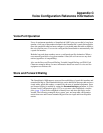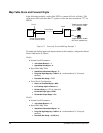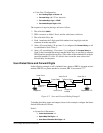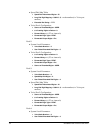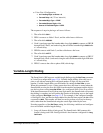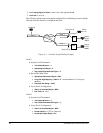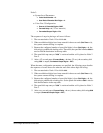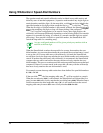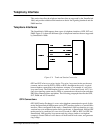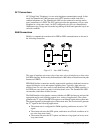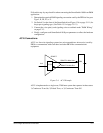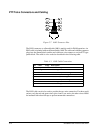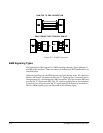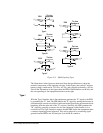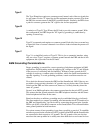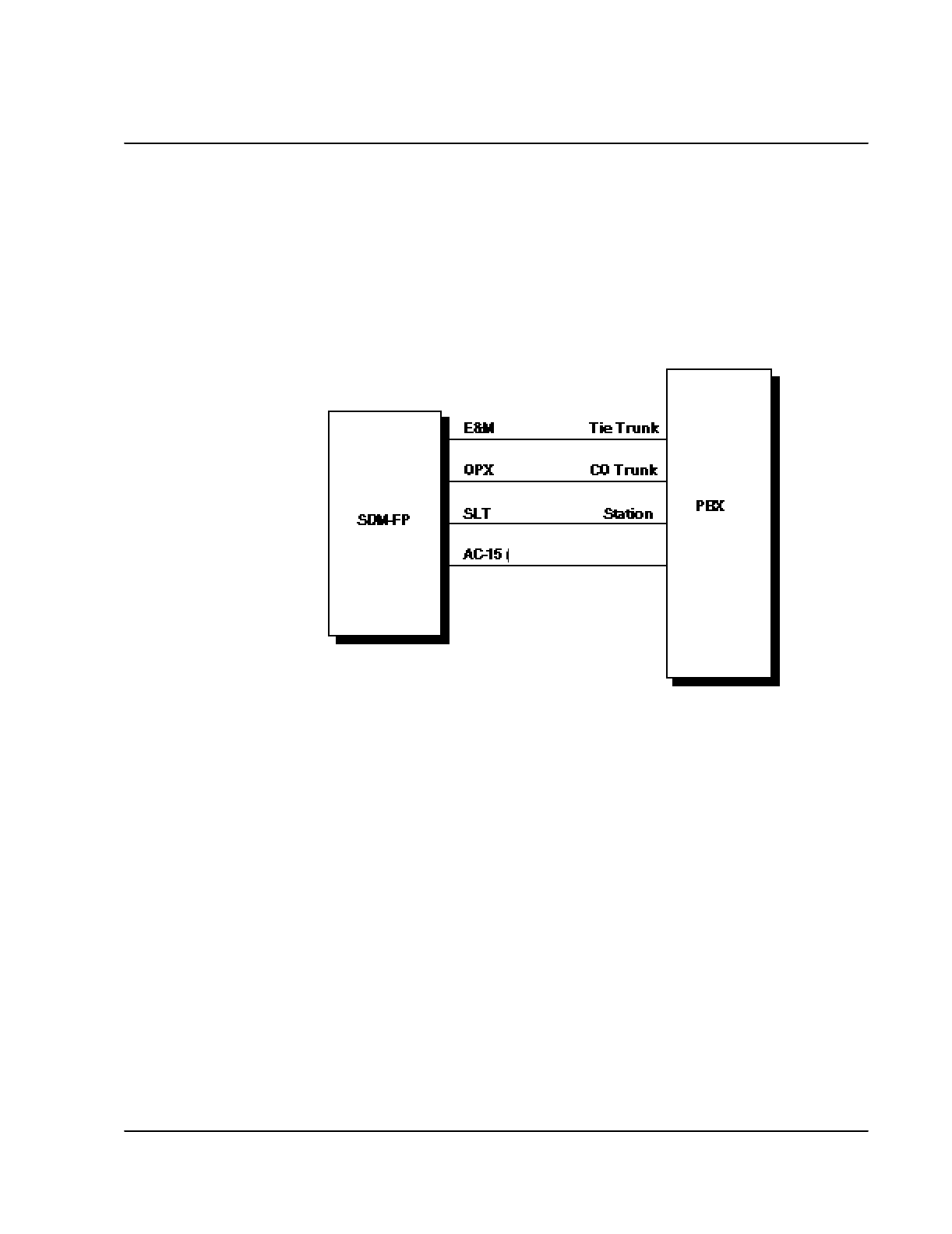
Voice Configuration Reference Information C-9
Telephony Interface
This section describes the telephone interfaces that are supported by the SmartSwitch
1800, and provides additional information on the tie line signaling standards and the
E&M interface.
Telephone Interfaces
The SmartSwitch 1800 supports three types of telephone interfaces: OPX, SLT and
E&M. Figure C-4 shows the different types of telephone interfaces that are supported
by SmartSwitch 1800s.
Figure C-4 Trunk and Station Connection
OPX and SLT refer to two-wire circuits. Two-wire, loop-start circuits are the most
common, and are used by PSTNs, PBXs or KSUs throughout the world. A typical
home telephone connection to the telephone company is an example of a two-wire,
loop-start circuit. The E&M interface can use a two- or four-wire circuit. AC15 is a
four-wire signaling system used by PBXs to communicate with each other and other
PBX-like communications equipment. The following paragraphs describe the OPX,
SLT, E&M and AC15 interfaces.
OPX Connections
OPX (Off Premise Exchange) is a two-wire telephone communication mode. In this
mode, the SmartSwitch 1800 presents a telco/PTT interface similar to a Central Office
interface. When configured in this mode, a SmartSwitch 1800 can interface to a con-
ventional two-wire telephone (pulse-dial or touch-tone). A SmartSwitch 1800 in OPX
mode can also be connected to a two-wire CO trunk of a PBX or KSU. In OPX, the
SmartSwitch 1800 provides loop current and ring voltage similar to a telephone
company's Central Office. It also detects off-hook and on-hook states, and generates
ring voltage.



